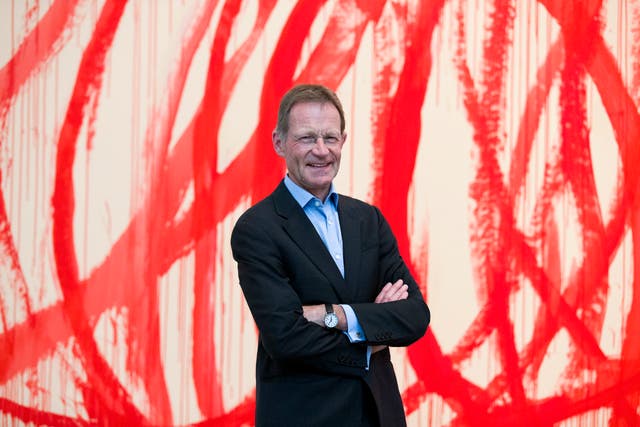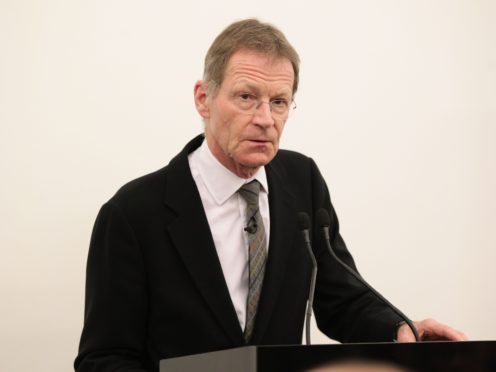The annual diversity report from Arts Council England “paints a disappointing picture”, the organisation’s chairman said.
Nicholas Serota said it was time to “push for real change” within the creative industries.
The report, called Equality, Diversity And The Creative Case – which outlines the progress the Arts Council and the organisations it funds are making in implementing diversity – suggested that, despite efforts, the rate of change for workforce, leadership and governance is slow.
Featuring data from 2018-19, the report is the first to cover the 2018-22 National Portfolio, which now includes libraries, museums and sector-support organisations.

It found that the representation of disabled people and those with a black and minority ethnic background across National Portfolio Organisations (NPO) remained too low.
Only 11% of the NPO workforce are not white, compared with 16% of the working-age population.
Only 6% of people across the NPO workforce identify as disabled, compared with 21% of the working age population.
There was slightly better representation at leadership level, with 9% of chief executives and 8% of artistic directors, although board representation was 7% and only 5% of chairwomen and chairmen are disabled.
⏰ THE COUNTDOWN IS ON ⏰
Join us TOMORROW @ 11am: we're talking #diversity in our next webinar, coming to you live from @mac_birmingham
Ask your questions and share your views and experiences using #creativecase
STREAMING HERE 👉 https://t.co/Tpotj6Y8an pic.twitter.com/ngv21nZjCo
— Arts Council England (@ace_national) February 17, 2020
The picture for gender was better, with 52% of NPOs run by female chief executives (41% male) and 45% of artistic directors identifying as female (41% male) – although at board level, only 40% of chairs are female (55% male).
Sir Nicholas said: “This year’s annual diversity report paints a disappointing picture.
“Ensuring that the organisations we fund, and that the Arts Council itself, are representative of society is of paramount importance and a key tenant of our new strategy for 2020-30, Let’s Create.
“As outlined in this strategy, organisations that receive regular investment will need to agree targets against governance, leadership, workforce, participants and audiences, failure to meet these targets will have an impact on future funding.”
He went on: “Over the years there has been progress – and since launching the Creative Case for Diversity in 2011 much has been done by organisations to focus on the work they produce, collect and present – but we must now face up to the persistent inequality across our sector’s workforce and push for real change.”
